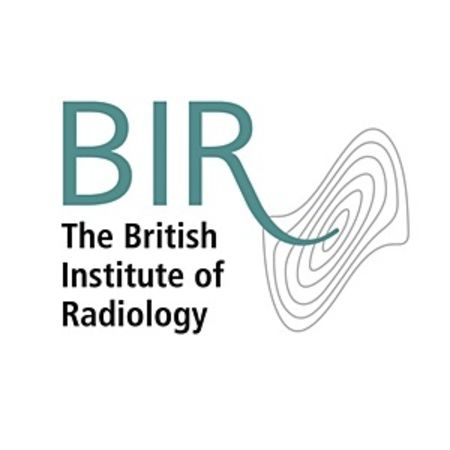These open access recommendations are published on behalf of The British Society of Cardiovascular Imaging (BSCI) and The British Society of Cardiovascular CT (BSCCT)
Acute aortic syndrome (AAS) is a life-threatening condition which requires urgent and immediate treatment. AAS can be diagnosed by using CT imaging, but it is important that key protocols are followed in order to optimise scanning parameters. These recommendations provide vital guidance to make full use of recent advances in CT technology to rapidly and accurately diagnose this dangerous condition.
Important principles are identified for motion-free imaging of the aorta with particular emphasis on the use of ECG-gating techniques. The paper outlines how each imaging centre can optimise protocols for accurate diagnosis, optimise radiation dose and reduce the risk of false-positives.
First author, Dr Varut Vardhanabhuti, said, “These recommendations are the first of their kind in the UK and will ensure consistent high performance imaging in these patients”.
Dr Stephen Harden, one of the authors and Past President of the BSCI/BSCCT, said. “We are delighted to have worked with the BIR to produce this vital publication”.
Dr David Wilson, BIR President, said, “This is an invaluable resource for radiology teams. It has been a privilege to work with the BSCI and the BSCCT to publish this work which will inevitably enable rapid and accurate diagnosis for people with this dangerous condition”.
This article is open access and available to all.
Source & Image Credit: The British Institute of Radiology



























